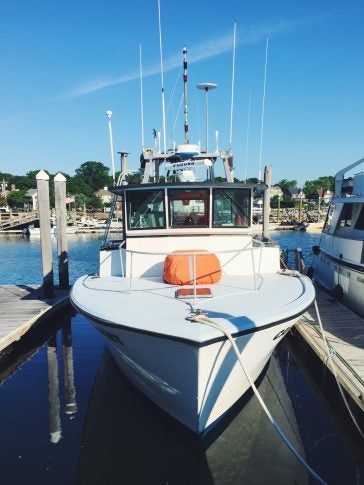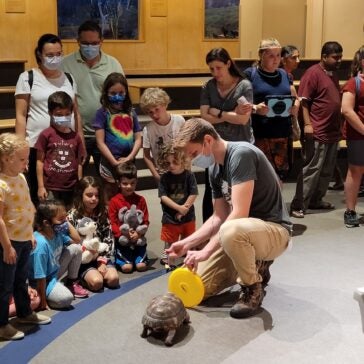Narragansett Bay Long-Term Plankton Time Series is one of the world’s longest-running plankton surveys. Beginning in 1957, weekly samples have been collected to assess the phytoplankton community and characterize the physical parameters of Narragansett Bay.
Plankton Supervisor
Phytoplankton Assistant
History

Narragansett Bay, Rhode Island is a highly productive estuary located on the east coast of North America. It is the site of two long-term monitoring studies, which provide an unprecedented opportunity to examine decade-scale changes in nutrient cycling, phytoplankton, zooplankton, and fish community dynamics.
Regarded as one of the world’s longest-running plankton time series, samples have been collected weekly since Professor Ted Smayda launched the program in the 1950s. Data is available to the public beginning in 1999. Samples are collected once per week -regardless of tidal stage- for temperature, salinity, turbidity, size-fractionated chlorophyll a and nutrients. Microplankton community composition (size range >10μm, both species identification and abundance) is determined using a light microscope to quantify live samples. The species list for the >10μm size fraction includes 246 different species or species complexes of protists. Samples are also collected for the determination of copepod and ctenophore concentrations.
Funding for the time series has come from the University of Rhode Island since 1999. Ship time is frequently provided by the U.S. Department of Fish and Wildlife.


